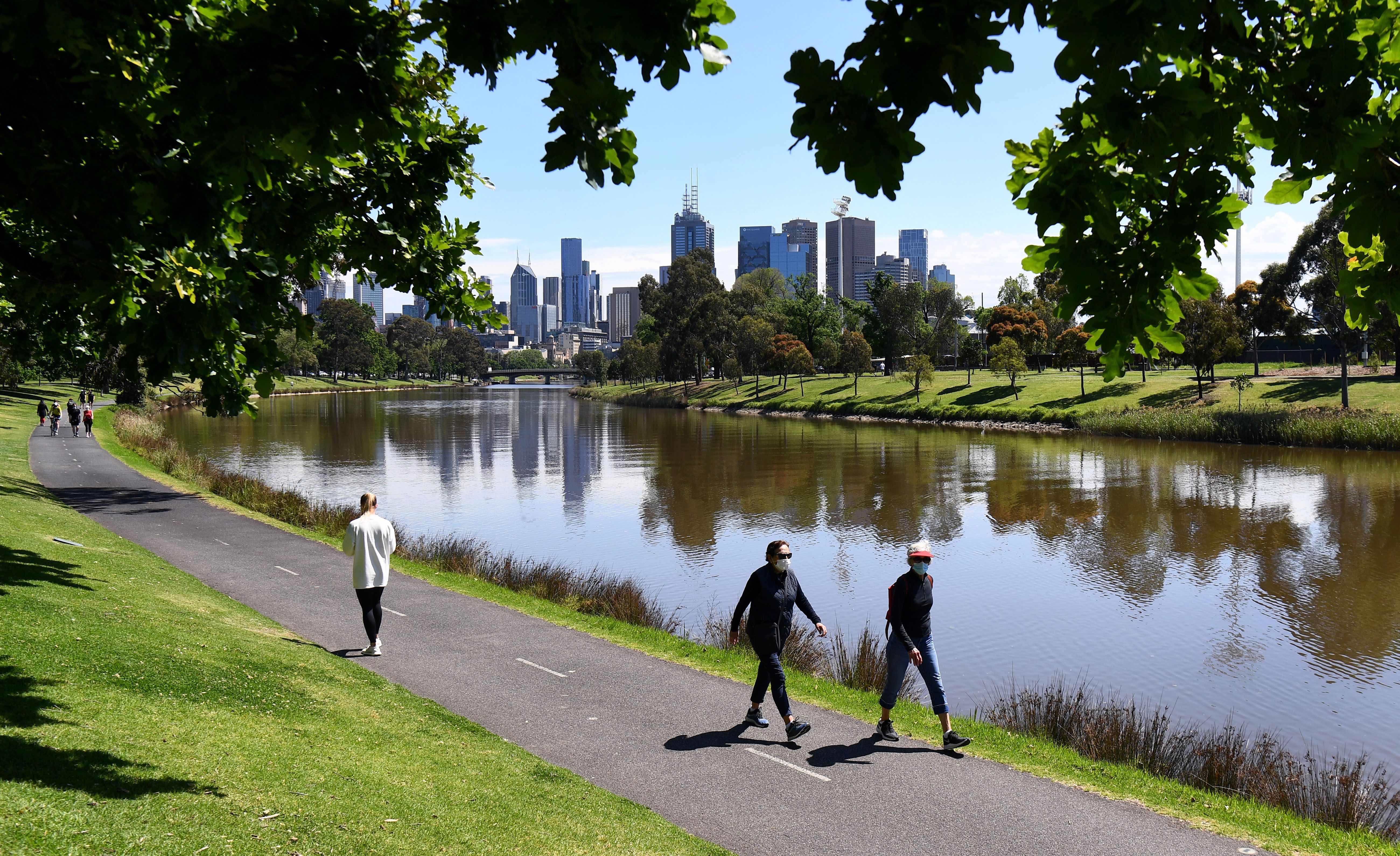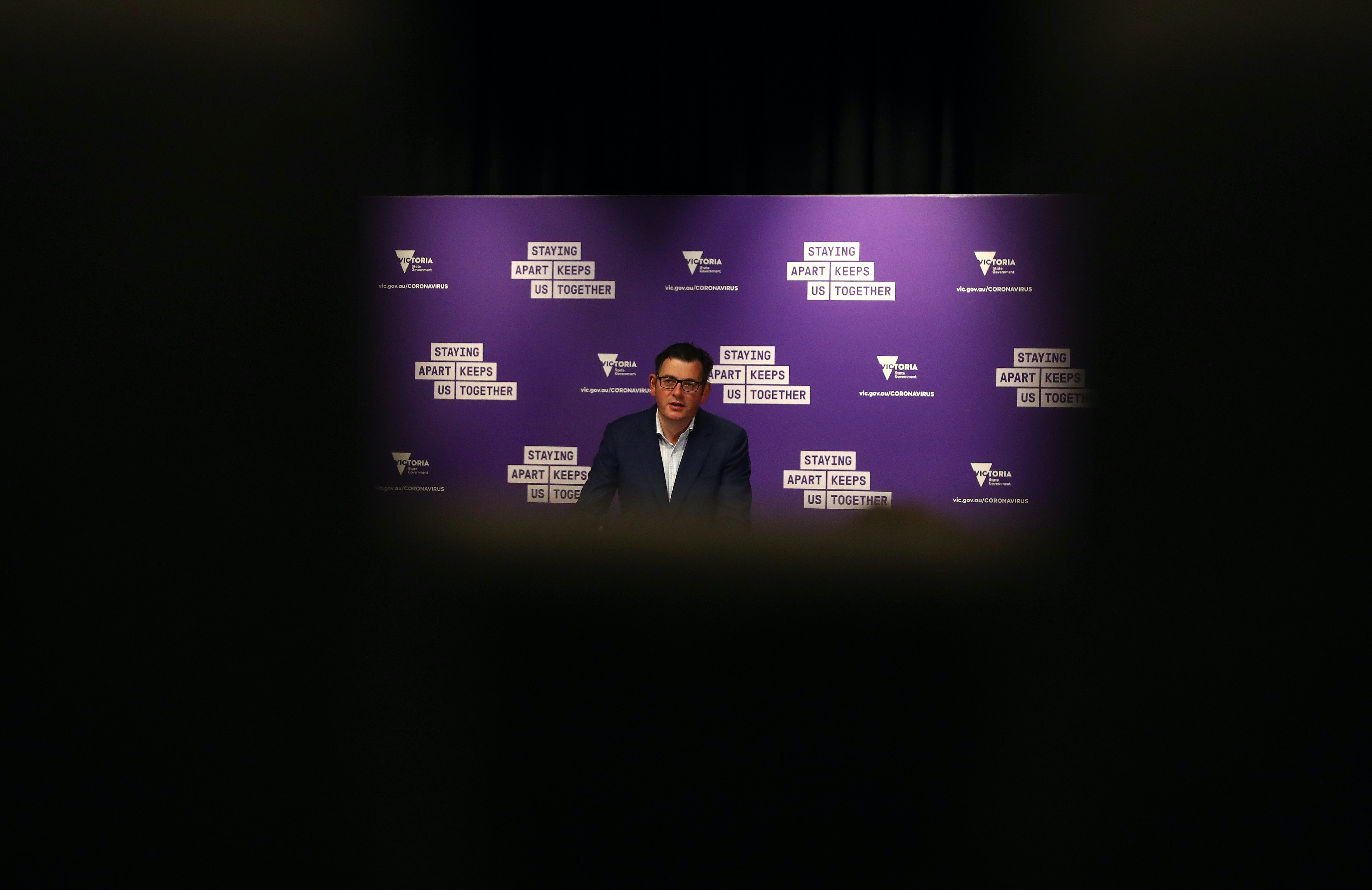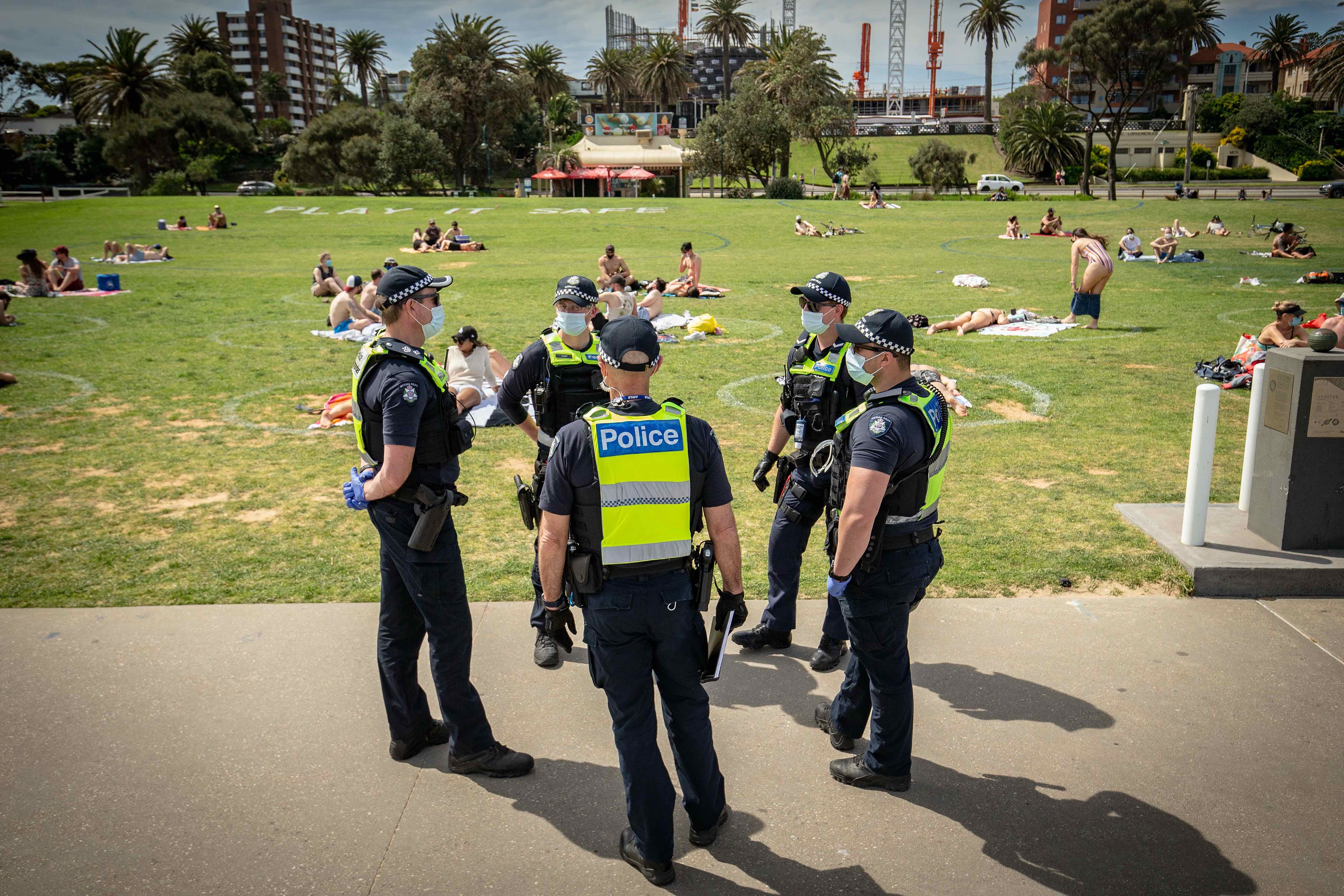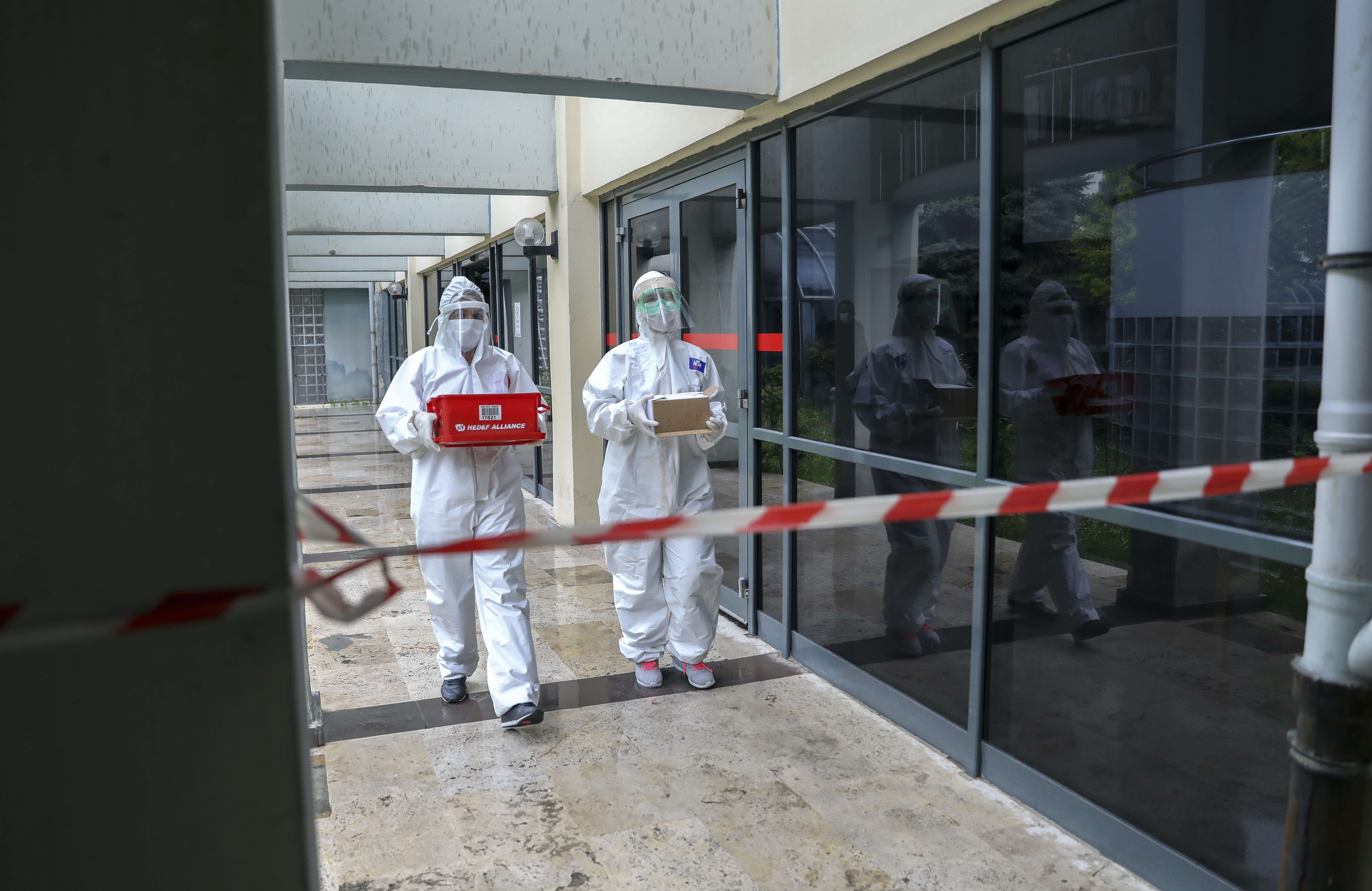
Health & Medicine
How ‘artificial societies’ are helping plan our COVID-19 response

As the Victorian government announces an easing of COVID-19 restrictions, it’s important to remember that when it comes to next steps - we make our own luck
Published 19 October 2020
After a rollercoaster two weeks, the changes in Victoria’s roadmap to COVID-normal have provided some welcome news for many Melburnians after more than 100 days in lockdown.
Victorian premier Daniel Andrews announced a new emphasis on a day-to-day reassessment of restrictions based on case numbers and case provenance versus a strict reliance on forecasting and roadmaps – and this is an important shift in policy.

This is a realistic approach given we have yet to see the impact of school reopening on community transmission and the role luck plays when daily case numbers are low. If we needed a reminder of this, the impact of the Chadstone cluster on regional Victoria seems to provide one each day.
But when considering whether the changes have gone too far or not far enough we must remember by creating conditions that increase (or decrease) the likelihood of spread of COVID-19 – we make our own luck.
Because of the emotions associated with the daily numbers, it is easy to forget that only one week ago most of us – myself very much included – were in despair that we could ever achieve our target of zero community transmission.

Health & Medicine
How ‘artificial societies’ are helping plan our COVID-19 response
Now, with the numbers trending down, we have collectively raised our hopes and expectations that we will be there tomorrow. We will not.
Daniel Andrews frequently refers to SARS-CoV-2, the virus that causes COVID-19, as “wickedly contagious”.
What’s meant here, and what needs to be communicated more directly and far more effectively, is that the virus is wickedly contagious because it can be spread through airborne transmission.
To rephrase, you can catch it in the air.
And because transmission frequently happens before an infected individual even knows they have the virus, that can happen quickly and widely.

While the world-class ability of Melburnians to survive in lockdown has reached its limit, rapid relaxation of restriction at this point would be a very high-risk proposition – there are still people out there who have COVID-19 and don’t know it.
The things we all want - crowds on Boxing Day, full restaurants, travel to Queensland – will only be safe if we have essentially no community transmission.
To achieve this, we still need to have limited social contacts that are restricted to low-risk settings for now. Outdoor is a safer option than indoor socialisation, but transmission can occur in even in outdoor settings.

Health & Medicine
So, Victoria, what do we do now?
The 10-person, two-household restriction aims to strike a balance, providing an opportunity to gather while limiting exposure, although this will mean those living alone continue to have the most social restrictions imposed upon them.
The delay in seated-restaurant service, despite the real hardship this imposes on business owners, reflects the substantial risk that this kind of setting poses – as we have learned from the impact of a single diner at a Kilmore café.
Ultimately though, what will be more important than a 10 person versus 15 person, or two-household versus three-household restriction is how contact tracing of cases is conducted and, most importantly, how high-risk settings for COVID-19 transmission are managed.

This includes hospitals, aged-care facilities, grocery stores and warehouses – the indoor often poorly ventilated essential workplaces where we know COVID-19 can rapidly spread.
And I am not confident.
Although over 3,500 healthcare workers in Victoria have contracted COVID-19, the risk of workplace transmission in hospitals and aged-care has still not been adequately addressed.

A hospital-based cluster at Box Hill Hospital occurred just last week, so how can any of us be confident that case numbers will not spike when people who contract COVID-19 become sick enough to require hospitalisation?
Six months into the pandemic and there are still many healthcare workers who do not even know if their protective equipment fits properly. Reporters at the daily press conferences continue to clamour for accountability over hotel security.
While that may help sort out what happened in the past, what I would like to know who has authority right now, because that will make the difference between a COVID-normal Christmas and another lockdown.
With the convoluted organisational chart that is the Department of Health and Human Services Victoria, the answer, surprisingly, is not our Chief Health Officer Brett Sutton, but rather a frustratingly confusing hodge-podge of people.
Changing that is much more likely to determine our future than whether we further relax restrictions.
This virus is not wicked, it is airborne and, although we all want our lives to quickly return to normal, wishing will not make it so. In the fading days in one of the world’s longest lockdowns, it is now time to make our own luck.
Banner: Getty Images